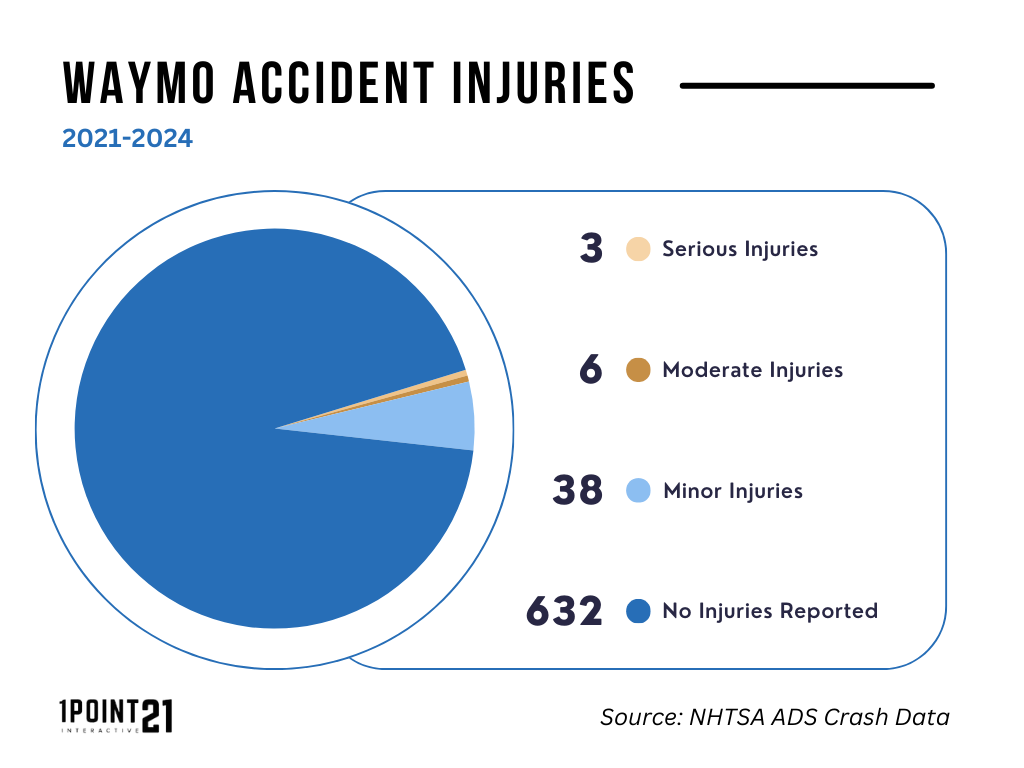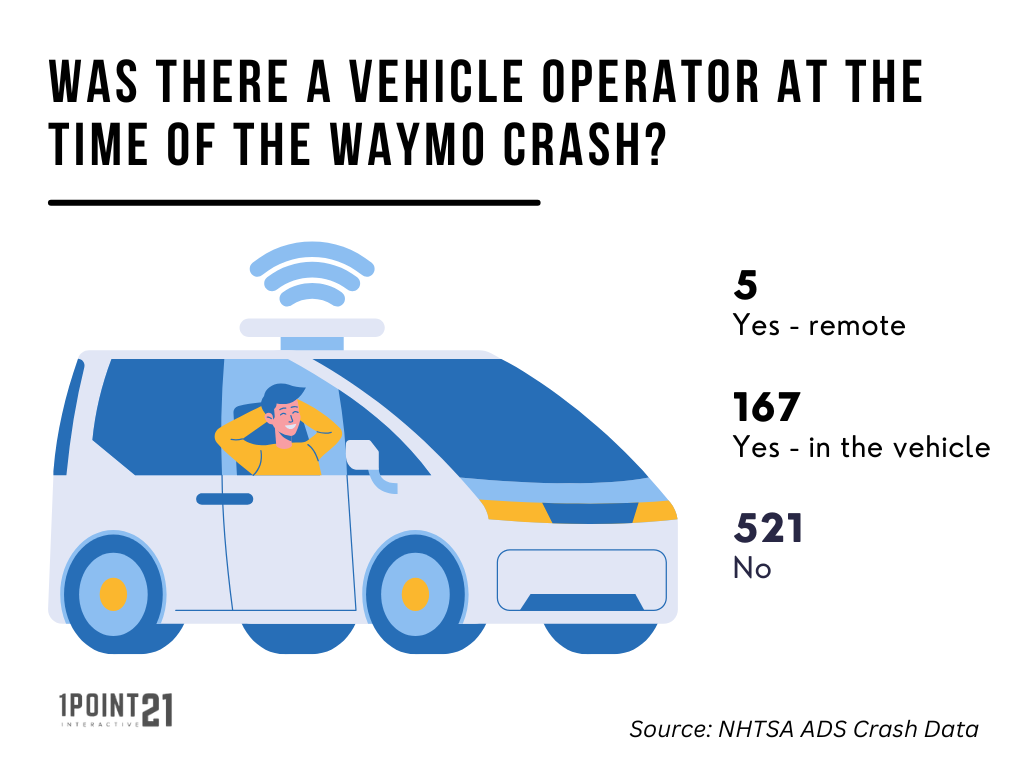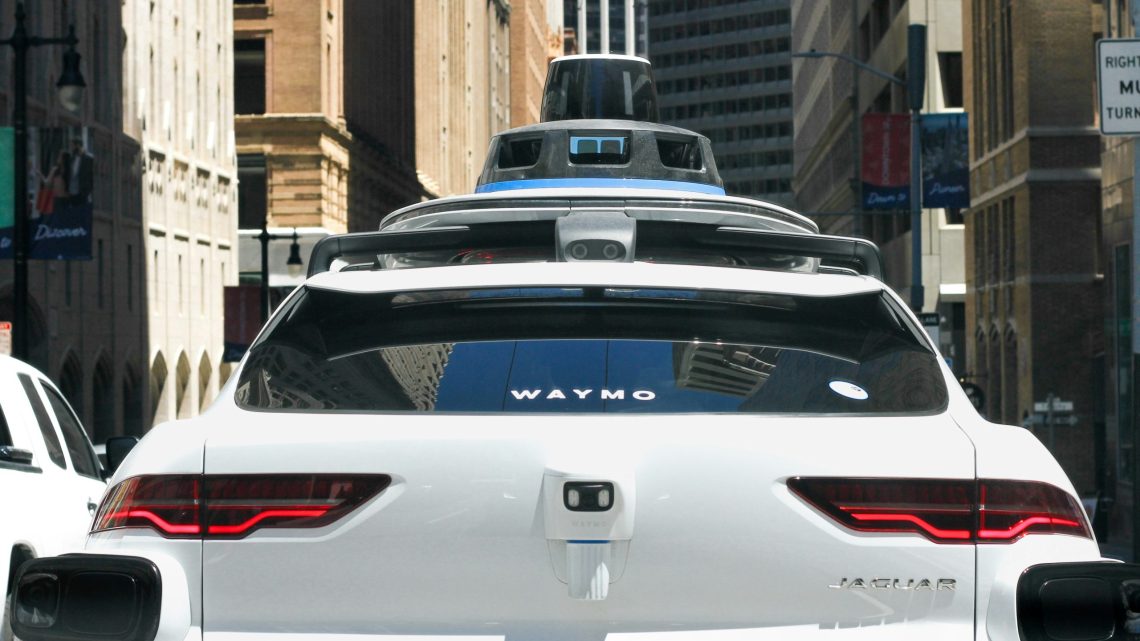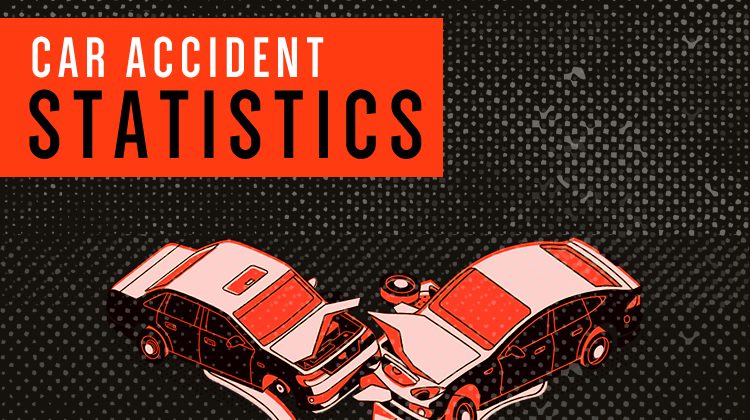The advancement of autonomous vehicles has brought both excitement and scrutiny, particularly concerning their safety records. Waymo, a leader in self-driving technology, has been at the forefront of this discussion.
Waymo’s First Fatal Collision: What Happened?
On January 19, 2025, a tragic multi-vehicle collision occurred at the intersection of Sixth and Harrison streets in San Francisco’s South of Market neighborhood. A black Tesla, reportedly traveling at high speed, collided with several vehicles stopped at a red light. Among the impacted vehicles was an unoccupied, autonomous Waymo car.
The crash resulted in the death of 27-year-old Mikhael Romanenko and his dog, with several others sustaining injuries. Authorities have detained the Tesla driver on charges including vehicular manslaughter and are investigating potential factors contributing to the collision.
Waymo Accident Statistics
Between 2021 and 2024, there were 696 reported incidents involving Waymo vehicles, according to an analysis by DiMarco | Araujo | Montevideo.
It’s important to note that not all of these incidents were caused by Waymo’s autonomous systems; many involved other drivers or external factors. Waymo has been proactive in sharing its safety data with the NHTSA, emphasizing transparency and its commitment to improving road safety.
Waymo Accidents by State
Waymo is testing in cities across the United States but mainly operates in three states: California, Arizona, and Texas.
There was a single incident in Atlanta, Georgia, where Waymo has tested their autonomous trucks.
| State | Number of Incidents |
|---|---|
| Georgia | 2 |
| Texas | 20 |
| Arizona | 220 |
| California | 454 |
| Total | 696 |
Are People Getting Injured in Waymo Crashes?
The table below provides an overview of the different levels of injuries reported in accidents involving Waymo vehicles.
| Highest Injury Severity Alleged | Number of Incidents |
|---|---|
| No Injuries Reported | 632 |
| Minor | 38 |
| Moderate | 6 |
| Serious | 3 |
| Unknown | 17 |
| Total | 696 |

Comparing Waymo to Human Drivers
According to Waymo, studies have shown that Waymo’s autonomous vehicles have a lower rate of accidents compared to human drivers. For instance, with over 25 million fully autonomous miles, the Waymo Driver had fewer serious collisions than human drivers, independent of who was at fault. This data suggests that autonomous driving technology has the potential to enhance road safety significantly.

Incidents Involving Other Autonomous Vehicle Companies
Waymo is not the only company navigating the challenges of autonomous vehicle deployment. General Motors’ subsidiary, Cruise, has also faced scrutiny. In October 2023, a Cruise robotaxi was involved in a serious accident with a pedestrian, leading to the suspension of its driverless testing permit in California. Following this incident, GM decided to discontinue its autonomous vehicle division, Cruise, after investing over $10 billion since its acquisition in 2016. The company cited significant time and resources needed to scale the robotaxi business and increased market competition as reasons for the shift.
Tesla, another major player in the autonomous vehicle space, has reported a higher number of incidents. Automakers reported nearly 400 crashes of vehicles with partially automated driver-assist systems, including 273 involving Teslas, according to statistics.
Challenges and Public Perception
Despite the promising data, public skepticism remains a hurdle. High-profile incidents, even when not caused by autonomous systems, can influence public opinion and slow the adoption of self-driving technology. Waymo acknowledges these challenges and continues to focus on transparency, rigorous testing, and collaboration with regulatory bodies to build trust within the communities it serves.
While the recent fatal accident in San Francisco has brought attention to the complexities of integrating autonomous vehicles into urban environments, it’s crucial to consider the broader context of Waymo’s safety record. The data indicates that Waymo’s autonomous vehicles are involved in fewer serious accidents compared to human drivers, underscoring the potential of this technology to make our roads safer. As Waymo and other companies continue to refine their systems, ongoing transparency and public engagement will be key to fostering trust and understanding in this evolving landscape.





No Comment